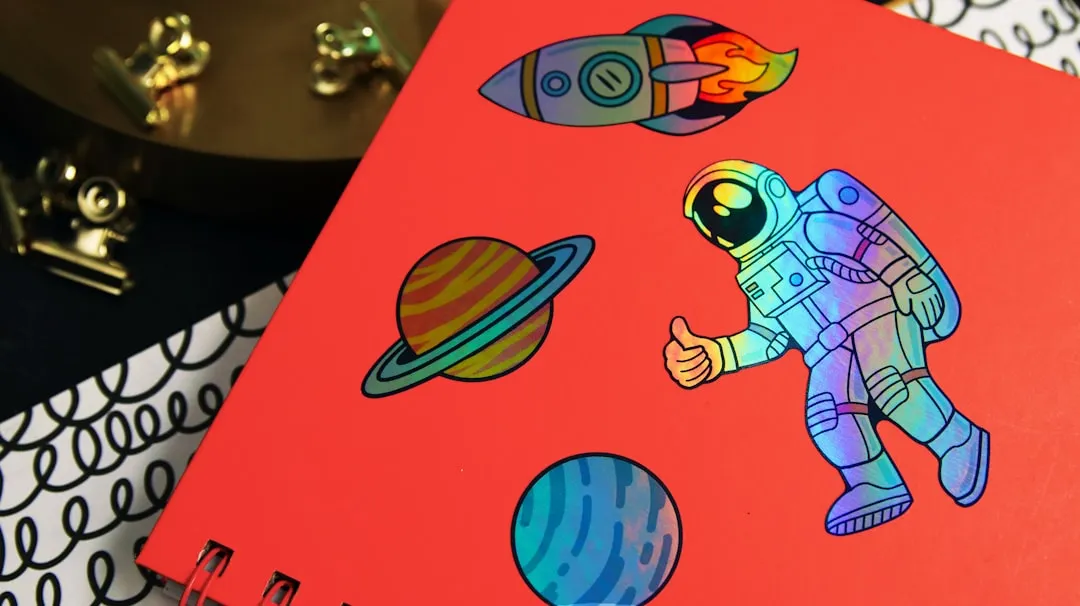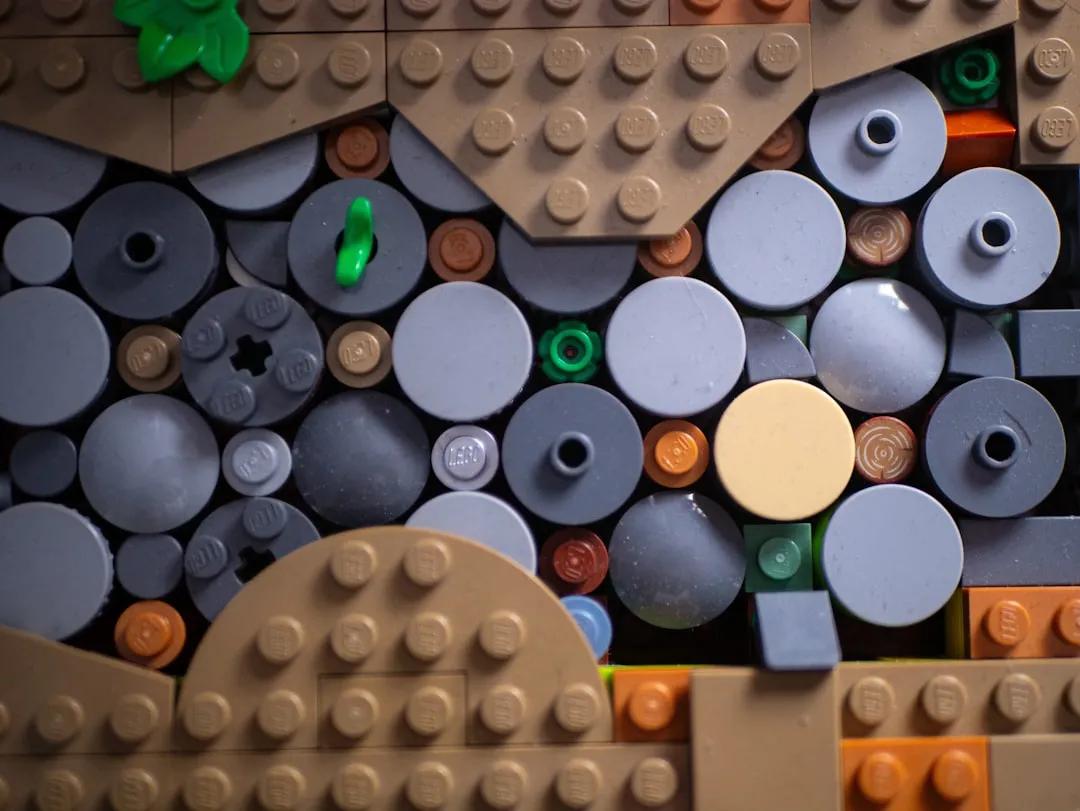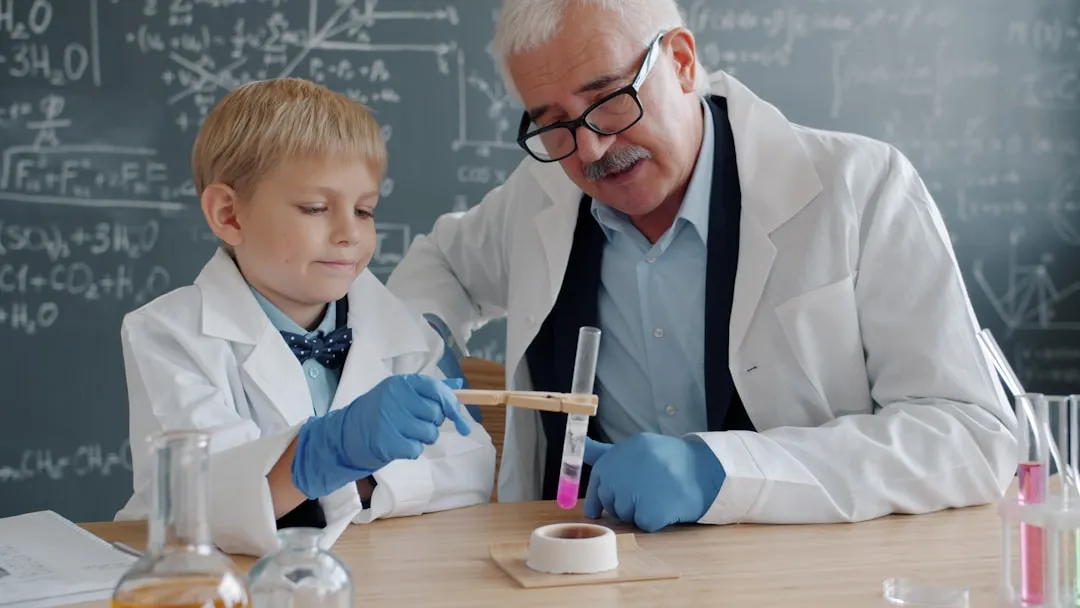Reviewed by: Ysa Garcia
When your kids tilt their heads back and stare up at the night sky, they are doing what humans have done for thousands of years, wondering what is out there.
But here's the thing: you do not need a telescope or a trip to the planetarium to bring those cosmic wonders down to Earth. Astronomy educators recommend hands-on activities that teach concepts such as eclipse mechanics, rocket physics, and solar motion through engaging experiments.
These space-themed projects are perfect for combining arts and crafts with real science. Your kitchen table can become mission control, and everyday household materials can transform into tools for exploring the universe. Whether you are homeschooling, stuck indoors on a rainy afternoon, or just looking for educational fun that will not break the bank, these astronomy activities deliver learning and excitement without requiring expensive equipment.
Simple eclipse models that actually work
Ever tried explaining why eclipses happen to a curious kid? It sounds simple until shadows and orbital geometry tie your tongue in knots. A hands-on demo clears the fog and lays the groundwork for everything that follows.
BBC Sky at Night Magazine explains that lunar eclipses occur when the Moon moves into Earth’s shadow, but only during a full Moon phase. Solar eclipses happen when the Moon passes between Earth and the Sun, and they can only occur during a new Moon.
You can recreate both using a flashlight, a tennis ball, and a marble. The flashlight is the Sun, the tennis ball is Earth, and the marble plays the Moon. Line them up, then watch how the shadows do the talking.
Kids can see how alignment creates the show, and they can test the remarkable coincidence that the Moon is 400 times smaller than the Sun, but the Sun is 400 times farther away, making them appear the same size from Earth. Move the marble a little, see the difference between total and partial eclipses.
This simple setup also shows why total solar eclipses are much rarer than lunar eclipses. Earth’s big shadow easily engulfs the Moon, while the Moon’s small shadow barely brushes Earth’s surface. The best part is the aha moment when kids realize that eclipses are not random at all — they're clockwork!
Build a working Solar System mobile
A hanging Solar System mobile does double duty. It teaches planetary characteristics and becomes room decor kids are proud to show off. The best part is that the project doesn't require printable templates that get lost under the sofa.
Cut cardboard circles to sizes that represent the relative sizes of the planets. Make the Sun the largest piece, Jupiter much smaller than the Sun, Mercury much smaller than Earth, etc. This shows the huge size differences between celestial bodies in a way their eyes remember.
As kids color each world, they discover what spacecraft missions have revealed about our neighborhood. Mercury’s cratered surface looks like our Moon, Venus has a thick atmospheric layer that hides everything underneath, and Jupiter’s Great Red Spot is a storm system that is actually larger than Earth. These are not random art choices; they're based on real planetary features that spacecraft like NASA’s Juno mission have photographed up close.
The mobile keeps teaching after the craft mess is cleaned up. Talk about planetary order, why axial tilts create different seasonal patterns on different worlds, and what makes Saturn’s rings or Mars’s polar ice caps so striking. It's astronomy hanging in the bedroom, ready for bedtime questions.
Hands-on experiments with household items
Your pantry holds the ingredients for surprisingly good space demos. These are not time-killers. They are genuine experiments using stuff you probably already have.
Crater formation experiments use flour and cocoa powder to show how meteorite impacts created the Moon’s pockmarked surface that kids just drew on their Mercury model. Spread flour in a tray, dust with cocoa, then drop pebbles from different heights. The resulting craters look like lunar impact sites, with raised rims and central peaks for bigger hits included.
Building on their understanding of planetary mechanics, a shoebox pinhole camera safely measures the Sun while teaching about Earth’s tilt and how it affects the amount of seasonal sunlight. Track the Sun’s path, see why summer days are longer, and do it all without looking directly at our star.
For a crowd-pleaser, spinning clay or Play-Doh shows why planets are not perfect spheres. Spin faster, the shape bulges at the equator and flattens at the poles. Earth is about 26 miles (42 km) wider at the equator than from pole to pole, which reinforces the idea that its mobile represents dynamic, spinning worlds, not static balls.
These activities show that practical science projects effectively teach concepts like eclipse mechanics and planetary formation using materials most families already have lying around — no special ordering required.
DIY planetarium for indoor stargazing
A homemade planetarium projector brings the night sky indoors with basic materials and simple construction, and it pulls together all that constellation knowledge. This family-friendly project uses a standard LED torch as the light source and pinhole slides, based on star charts, to project constellations onto the ceiling.
The learning does not stop at building. Kids can learn star-hopping techniques and constellation navigation — the same methods professional astronomers use to find distant galaxies — by starting with bright, easy-to-find stars and hopping to dimmer objects using pattern recognition and angular distances.
It gets better when multiple pinhole slides show how the sky changes through seasons. That connects right back to Earth’s tilt and orbit, the same ideas explored with pinhole cameras. Create slides for spring, summer, fall, and winter skies, then compare.
One technical tip that will save you frustration: work on the foil’s underside when creating star patterns; east and west directions will be reversed when projecting. It feels fussy, but when you are teaching navigation, it matters.
The finished planetarium turns any room into a cosmic classroom, perfect for cloudy nights when real stargazing is off the table. It also reinforces the spatial relationships kids have been building through hands-on experiments.
Digital astronomy adventures
Modern tech opens up real space exploration for kids with internet access, extending hands-on learning into genuine scientific participation and real-time observation.
Online citizen science activities let children participate in actual cosmic discoveries, from identifying planets around distant stars to classifying galaxy types using real telescope data. Projects like Galaxy Zoo or Planet Hunters use crowdsourcing to help professional astronomers analyze more data than they could handle alone, so kids can apply the pattern-recognition skills they developed with constellation projection and contribute to real research.
To pair with their indoor planetarium, the International Space Station provides visible night sky excitement when families know when and where to look. The ISS appears as a fast-moving bright dot that crosses the sky in just a few minutes. NASA and other space agencies provide precise prediction times for your location, a scheduled visitor that ties the orbital mechanics from the eclipse model to a spacecraft zipping overhead.
Building on star-hopping from the homemade planetarium, star-hopping methods used by professional astronomers can be enhanced using smartphone apps that identify constellations and guide kids from bright reference stars to dimmer objects. These apps turn your phone into a digital star chart, but the navigation principles are the same ones astronomers have used for centuries, and the same techniques their DIY planetarium helped them practice indoors.
The trick is to connect digital tools to real sky time and hands-on work. Apps help with identification, but seeing Saturn’s rings through binoculars or spotting the Andromeda Galaxy with your own eyes hits differently, especially after building models that explain what you are looking at.
Why space activities spark lifelong learning
These astronomy projects do more than fill an afternoon. They build scientific thinking skills that reach beyond space science and create a learning path that makes complex ideas feel manageable. Space and astronomy activities effectively inspire young minds while teaching the scientific method through hypothesis, experimentation, and observation.
When kids build an eclipse model, they are not just learning about shadows. They are discovering that the universe follows rules they can test. When they track the Sun’s movement with a pinhole camera, they are practicing data collection and pattern recognition. When they create impact craters in flour, they are connecting cause and effect across cosmic scales. The very same skills show up in every scientific field.
The magic is how these activities stack. The scale relationships from the Solar System mobile deepen understanding of eclipse mechanics. The planetary rotation shown with spinning clay connects to seasonal changes observed with pinhole cameras. The constellation patterns projected in a homemade planetarium reinforce the navigation skills they use with digital star charts.
Creative extension projects like fairylight constellations reuse Christmas lights to create educational nightlights that keep constellation patterns fresh long after the craft session ends. Blending arts, crafts, and science opens multiple learning pathways, helping different kinds of learners connect with cosmic concepts through hands-on discovery that builds naturally from simple demos to richer understanding.
The universe is vast and can feel intimidating. Break it into connected, bite-sized projects, and it becomes approachable, even playful. Kids who build a planetarium, create impact craters in flour, and track the ISS overhead learn that science is not far away in a lab. It is right at home, fueled by curiosity, each small discovery paving the way for the next cosmic adventure.







Comments
Be the first, drop a comment!